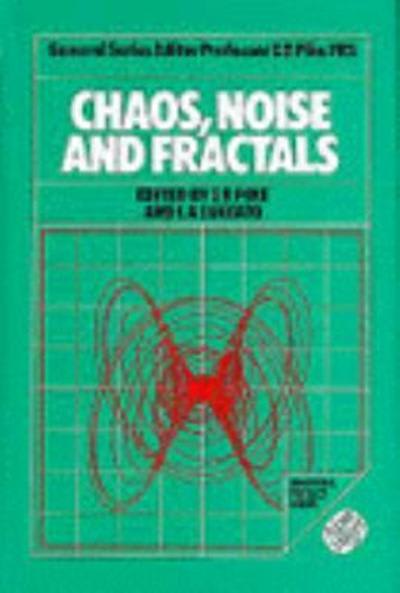Question
Please show work 1. A telephone survey uses a random digit dialing machine to call subjects. The random digit dialing machine is expected to reach
Please show work
1. A telephone survey uses a random digit dialing machine to call subjects. The random digit dialing machine is expected to reach a live person 15% of the time.
a. True or False:Each call is an independent random event.
In two attempts, what is the probability of achieving......
b. exactly two successful calls? (success = reach a live person)
c. one success and one failure (in any order)?
2. The prevalence of a trait is 76.8%.In a simple random sample of n = 50, how many individuals are expected to exhibit this characteristic and what is the corresponding standard deviation of this estimate?
3. Linda hears a story on National Public Radio stating that one in six eggs in the United States are contaminated with Salmonella. If Salmonella contamination occurs independently within and between egg cartons and Linda makes a three-egg omelet, what is the probability that her omelet will contain at least one Salmonella contaminated egg?
4. Suppose that height of 10-year old boys varies according to a Normal distribution with = 138 cm and = 7 cm.What proportion of 10-year old boys is less than 140 cm in height?
5. A survey selects a simple random sample of n = 500 people from a town of 55,000. The sample shows a mean of 2.3 health problems per person. Based on this information, say whether each of the following statements is true or false. Explain your reasoning in each instance.
a. It is reasonable to assume that the number of health problems per person will vary according to a normal distribution.
b. It is reasonable to assume that the sampling distribution of the mean will vary according to a normal distribution.
6. A simple random sample of 18 male students at a university has an average height of 70 inches. The average height of men in the general population is 69 inches. Assume that male height is approximately normally distributed with = 2.8 inches. Conduct a two-sided hypothesis test to determine whether the male students have heights that are significantly different than expected. Show all hypothesis testing steps.
7. True or false? The p-value refers to the probability of getting the observed result or something more extreme assuming the null hypothesis.
Answerand explanations
Question 1
Answers
a. True.
b. 0.0225
c. 0.255
a. True. One person answering has no impact on the next person, so these events are independent. This means that we can multiply probabilities together to get the probability of two events both happening.
b. This is p(SS) = p(S)*p(S) = 0.152 = 0.0225
c. There are two possibilities: SF and FS. These have, respectively probabilities of 0.15*0.85 and 0.85*0.15, giving 0.1275 for each case, for a total of 0.255
Question 2
Prevalence of trait = 76.8% = 0.768 = p(say) => q = 1-p = 1-0.768 = 0.232 and given n = 50
Expected number of individuals to exhibit this characteristic = n*p = 50*0.768 = 38.4
Standard deviation = sqrt(npq) = sqrt(50*0.768*0.232) = sqrt(8.9088) = 2.985
Step-by-step explanation
Question 3
Step 1
The answer is =0.4212
Question 4
z-score for X = 140 cm is
So theproportion of the population is less than 140 cm tall is
P(X < 140) = P(z < 0.29) = 0.6141
Question 5
Part a. True
Each person has a probability of having health problems because the mean is 2.3. It is showing that even in the worst case each person have a chance of having atleast one health issue. It also doesn't mean that health issues are uniformly distributed. There are some persons having more health issues and some having less. But, it happens with everyone goes on with infinite random person. So, it is perfect example of normal distribution.
Part b. False
Sample selection and its characteristics are different from each other. Their means and deviations are different from sample to sample. For every random sample, characteristics vary. Moreover, their variation is not continuous.
Question 6
Solution
Question 7
FALSE.A p-value is a conditional probabilitygiven the null hypothesis is true, it's the probability of getting a test statistic as extreme or more extreme than the calculated test statistic.
Step by Step Solution
There are 3 Steps involved in it
Step: 1

Get Instant Access to Expert-Tailored Solutions
See step-by-step solutions with expert insights and AI powered tools for academic success
Step: 2

Step: 3

Ace Your Homework with AI
Get the answers you need in no time with our AI-driven, step-by-step assistance
Get Started


